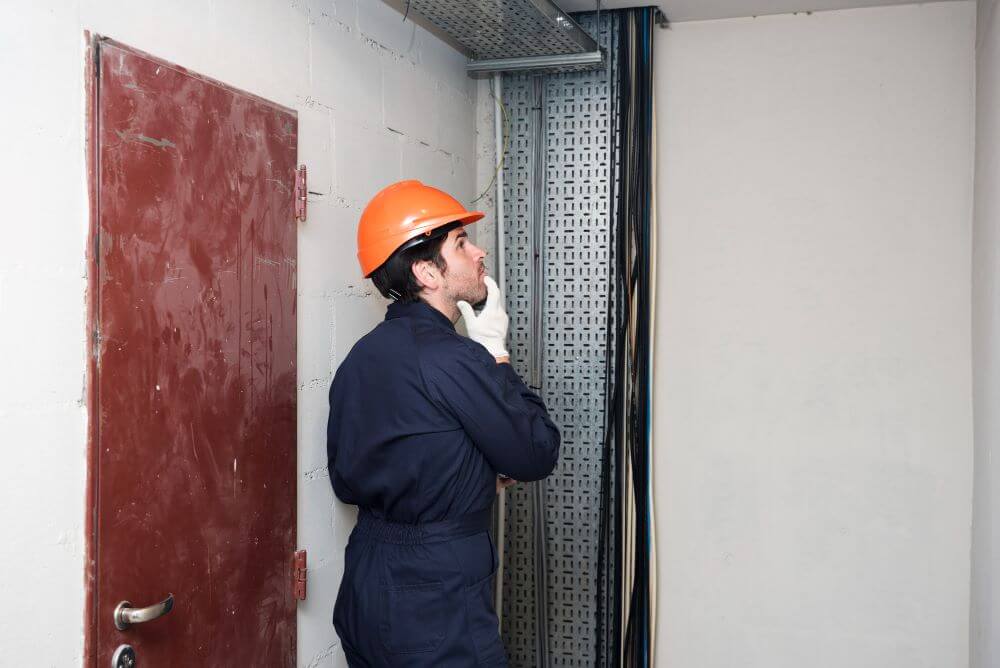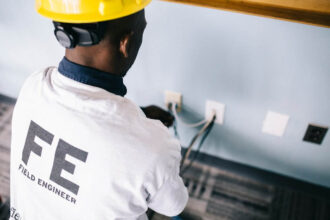A fire door plays an essential role in limiting the spread of a fire through a building. In the UK, they’re strictly regulated. If you’re installing one, then you need to be sure that it meets the required standards. But what, exactly, are those standards? Let’s look at the latest changes.
Understanding the 2025 Fire Door Standards
Fire safety rules in the UK are being brought into line with those on the continent. This standardisation will see the older BS 476 standard, first published in 1932, superseded by the BS EN 13501. This transition will be complete by 2029.
It is up to manufacturers when they begin to prepare for the latest changes. The new standard means that the combustibility, smoke production, and particle or droplet emission will all be factored in.
Also worth considering is the fact that, in 2004, the BS 9991 regulation was changed. This is particularly consequential for fire doors being installed in stair enclosures. Designers are obliged to review the function of each door, and to install self-closing devices and smoke seals where appropriate. There are also more specific requirements when it comes to the sizes of exits, and escape routes.
Installation and Maintenance Best Practices
The door you install should be certified, and fitted in the right way. The gap around the bottom of the door will need to be as small as is practicable, while the gaps around the edges should be less than four millimetres.
In the case of multi-occupied residential buildings, like blocks of flats, it’s essential that the fire doors in common areas be checked at least quarterly. All doors that lead to common areas should also be inspected. The check should establish, among other things, that the self-closing devices attached to the doors are functioning properly.
Compliance and Enforcement Under the Fire Safety (England) Regulations 2022
Following the Grenfell Tower disaster, additional regulations were rolled out. They apply to high-rise buildings in particular, but also to any building occupied by many residents.
It’s worth noting that checks don’t have to be carried out by a person with specialised knowledge of construction. Housing officers and caretakers are capable of spotting and flagging problems for a carpenter to deal with later on.
Builders are required to provide as-built documentation, explaining how the doors were tested. Organisations can face unlimited fines if they fail to stay on the right side of the rules. Premises can be closed, and responsible persons imprisoned for up to two years.


















